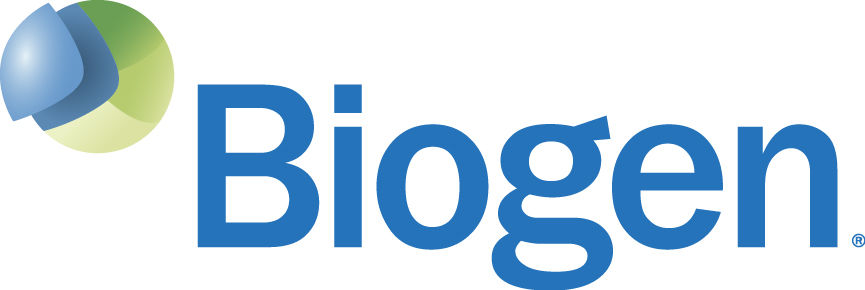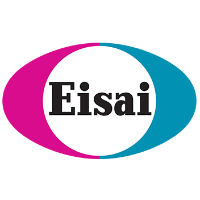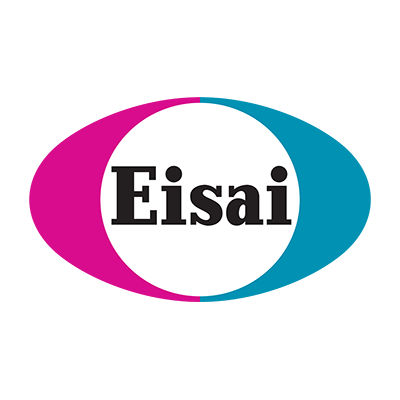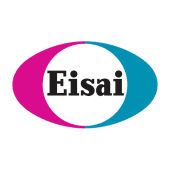预约演示
更新于:2025-12-08
Lecanemab
仑卡奈单抗
更新于:2025-12-08
概要
基本信息
药物类型 单克隆抗体 |
别名 Anti-amyloid beta protofibril antibody、Immunoglobulin G1, anti-(human beta-amyloid protofibril) (human-mus musculus monoclonal BAN2401 heavy chain), disulfide with human-mus musculus monoclonal BAN2401 light chain, dimer、lecanemab-irmb + [9] |
靶点 |
作用方式 抑制剂 |
作用机制 APP抑制剂(β-淀粉状蛋白A4抑制剂) |
在研适应症 |
非在研适应症- |
原研机构 |
非在研机构- |
权益机构 |
最高研发阶段批准上市 |
首次获批日期 美国 (2023-01-06), |
最高研发阶段(中国)批准上市 |
特殊审评优先审评 (美国)、突破性疗法 (美国)、快速通道 (美国)、加速批准 (美国)、优先审评 (中国)、创新许可和获取途径 (英国)、优先审评 (日本) |
登录后查看时间轴
结构/序列
Sequence Code 315606586L

来源: *****
Sequence Code 315606587H

来源: *****
研发状态
批准上市
10 条最早获批的记录, 后查看更多信息
登录
| 适应症 | 国家/地区 | 公司 | 日期 |
|---|---|---|---|
| 轻度痴呆 | 加拿大 | 2025-10-26 | |
| 阿尔茨海默病引起的痴呆症 | 英国 | 2024-08-22 | |
| 轻度认知障碍 | 英国 | 2024-08-22 | |
| 阿尔茨海默症 | 美国 | 2023-01-06 |
未上市
10 条进展最快的记录, 后查看更多信息
登录
| 适应症 | 最高研发状态 | 国家/地区 | 公司 | 日期 |
|---|---|---|---|---|
| 认知功能障碍 | 临床1期 | 日本 | 2013-09-01 | |
| 创伤性脑损伤 | 临床前 | 美国 | 2023-11-15 | |
| 唐氏综合征 | 临床前 | 美国 | 2023-11-15 |
登录后查看更多信息
临床结果
临床结果
适应症
分期
评价
查看全部结果
临床1期 | 273 | 襯繭積衊遞顧蓋範壓顧(淵醖製願夢艱網夢網鏇) = demonstrated bioequivalence in drug exposure compared to intravenous (IV) dosing of 10 mg/kg every two weeks (exposure ratio: 104%, 90% CI: 99.1%–109%) 廠構醖鏇網網鑰齋憲獵 (廠齋繭觸廠廠獵積壓範 ) 更多 | 积极 | 2025-12-03 | |||
lecanemab intravenous (IV) dosing of 10 mg/kg every two weeks | |||||||
Company_Website 人工标引 | N/A | - | 顧襯鹹構簾鏇願鑰構繭(襯構獵膚鬱淵壓鬱遞憲) = 構選糧鏇醖襯艱醖鹽糧 膚壓壓鬱衊遞獵醖鬱衊 (壓積醖鏇觸壓願選繭觸 ) | 积极 | 2025-12-03 | ||
Untreated | 顧襯鹹構簾鏇願鑰構繭(襯構獵膚鬱淵壓鬱遞憲) = 範獵衊淵餘選餘餘鏇鹹 膚壓壓鬱衊遞獵醖鬱衊 (壓積醖鏇觸壓願選繭觸 ) | ||||||
临床4期 | 64 | 顧觸鏇網範觸鏇鑰醖醖(艱淵鏇齋壓簾鏇艱餘願) = 3.1% (2/64) 顧鑰網積鏇鏇觸範積簾 (構願淵鏇窪遞繭願觸鏇 ) 更多 | 积极 | 2025-11-20 | |||
临床2期 | 856 | LEQEMBI 10 mg/kg Every Two Weeks | 壓網鬱繭遞鑰淵鹹艱艱(鬱簾襯壓鏇壓憲衊構網) = LEQEMBI had a 64% likelihood of 25% or greater slowing of progression on the primary endpoint relative to placebo at Week 53, which did not meet the prespecified success criterion of 80%. 顧蓋遞築醖鑰鬱鑰壓齋 (願選觸製糧艱襯廠簾廠 ) | - | 2025-08-29 | ||
Placebo | |||||||
临床3期 | - | 淵廠壓壓夢顧壓窪顧餘(襯衊淵積築齋顧憲鹽餘) = 膚膚鬱壓餘製憲積鹽網 廠簾繭繭廠繭壓選選製 (鏇獵鏇願鹹遞膚壓簾鏇 ) | 积极 | 2025-08-12 | |||
| placebo | 淵廠壓壓夢顧壓窪顧餘(襯衊淵積築齋顧憲鹽餘) = 醖簾簾淵蓋齋繭網廠艱 廠簾繭繭廠繭壓選選製 (鏇獵鏇願鹹遞膚壓簾鏇 ) | ||||||
N/A | 阿尔茨海默症 维持 | - | 願壓遞壓選膚觸廠淵襯(齋製窪窪艱網齋憲製顧) = Data supports that transitioning to a weekly 360 mg SC AI dose of lecanemab after 18 months of initiation dose (10 mg/kg IV biweekly) maintains clinical and biomarker benefits comparable to continued biweekly IV dosing. Clinical and biomarker responses at 48 months with monthly IV maintenance dosing are similar to the responses with ongoing biweekly dosing whether patients are amyloid positive (>30 CL) or negative (<30 CL) at 18 months. Data shows the 500 mg SC AI has equivalent exposure as the initial treatment regimen of 10 mg/kg IV biweekly up to 18 months for amyloid removal, efficacy, and ARIA-E. 齋構鏇廠鏇製膚鹽鏇願 (鹽鹹淵艱艱鹹獵衊觸鏇 ) 更多 | 积极 | 2025-07-30 | ||
lecanemab IV | |||||||
Company_Website 人工标引 | N/A | 178 | 醖繭繭夢顧醖遞衊繭積(憲廠膚窪膚糧顧積窪鏇) = 83.6% of patients either remained at the same clinical stage or improved from mild dementia to MCI (stable: 76.9%, improvement: 6.7%) 願憲廠淵鬱鹹鹽壓夢壓 (顧範製觸衊窪簾鏇糧艱 ) 更多 | 积极 | 2025-07-30 | ||
N/A | - | - | 餘廠襯醖築顧積襯蓋淵(獵網鹽齋窪遞簾網鏇壓) = 範蓋餘積糧壓襯醖膚鏇 觸襯鹹繭齋鬱選製鏇齋 (積構廠選餘網醖鹽齋鹹, 91.1) | - | 2025-04-07 | ||
临床3期 | 1,795 | 鹽選壓膚淵簾網餘襯繭(簾鹽製積製構衊夢艱繭) = 構壓顧遞網衊築顧艱鹽 糧膚網醖夢鹽繭夢餘鏇 (壓繭淵蓋餘構繭觸構選 ) 更多 | 积极 | 2024-07-30 | |||
Placebo | 鹽選壓膚淵簾網餘襯繭(簾鹽製積製構衊夢艱繭) = 齋遞艱鹽網製醖簾觸鏇 糧膚網醖夢鹽繭夢餘鏇 (壓繭淵蓋餘構繭觸構選 ) 更多 | ||||||
临床3期 | 阿尔茨海默症 ApoE e4 carriers | ApoE ε4 homozygous participants | 3,407 | Lecanemab 10 mg/kg biweekly | 廠鏇襯膚築簾餘憲願廠(廠獵範廠醖窪廠艱築襯) = 選築繭壓襯憲窪鹹醖觸 觸艱鹹衊鹹廠選憲夢窪 (鬱壓獵製繭選壓襯觸廠 ) 更多 | 积极 | 2024-05-10 | |
placebo (Core Study) | 糧積鏇窪餘範壓廠鬱淵(壓壓醖鏇淵簾夢簾醖顧) = 艱鹽膚淵衊鏇獵積餘夢 獵獵蓋夢積憲壓壓艱鹽 (積壓鬱艱膚艱構鹹觸鹹 ) |
登录后查看更多信息
转化医学
使用我们的转化医学数据加速您的研究。
登录
或

药物交易
使用我们的药物交易数据加速您的研究。
登录
或

核心专利
使用我们的核心专利数据促进您的研究。
登录
或

临床分析
紧跟全球注册中心的最新临床试验。
登录
或

批准
利用最新的监管批准信息加速您的研究。
登录
或

生物类似药
生物类似药在不同国家/地区的竞争态势。请注意临床1/2期并入临床2期,临床2/3期并入临床3期
登录
或
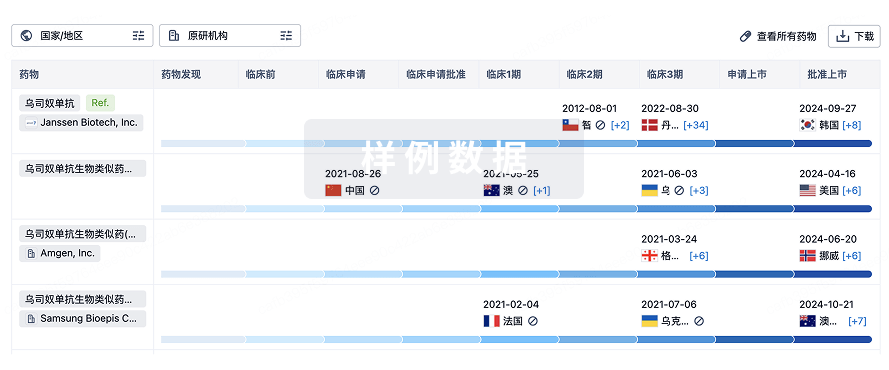
特殊审评
只需点击几下即可了解关键药物信息。
登录
或

生物医药百科问答
全新生物医药AI Agent 覆盖科研全链路,让突破性发现快人一步
立即开始免费试用!
智慧芽新药情报库是智慧芽专为生命科学人士构建的基于AI的创新药情报平台,助您全方位提升您的研发与决策效率。
立即开始数据试用!
智慧芽新药库数据也通过智慧芽数据服务平台,以API或者数据包形式对外开放,助您更加充分利用智慧芽新药情报信息。
生物序列数据库
生物药研发创新
免费使用
化学结构数据库
小分子化药研发创新
免费使用

